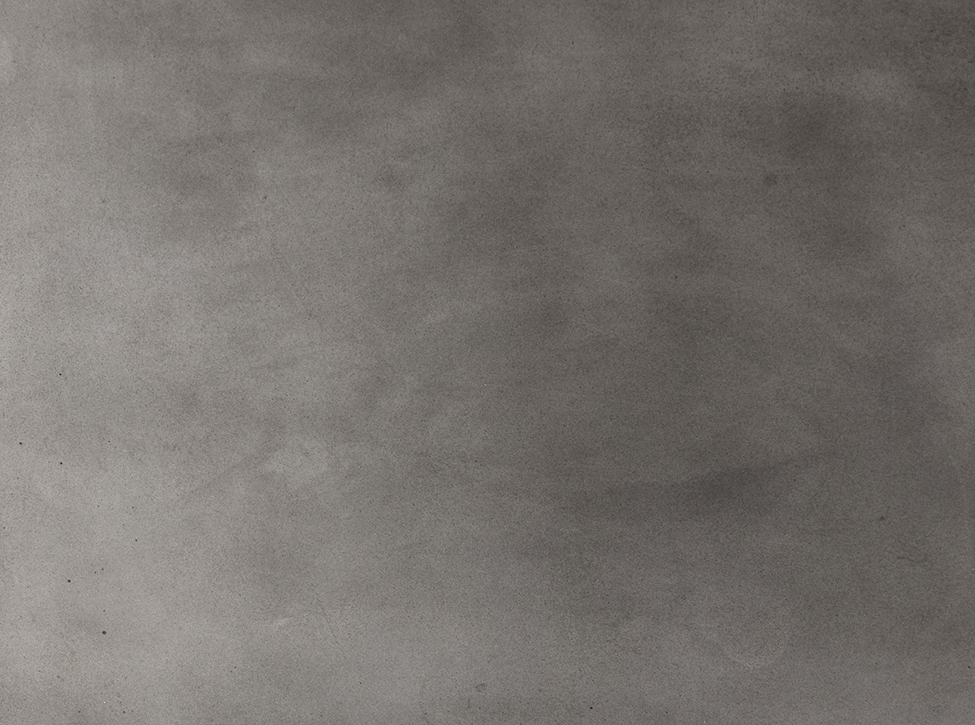This type of clay is heavy, sturdy and earthy. The colour is usually brown or red. Terracotta is a type of earthenware clay.
CERAMICS
1. Earthenware
2. Stoneware
This material is less porous than earthenware. It’s fired at a temperature between 1100 and 1300 degrees Celsius, making it very durable. The colour is lighter than earthenware but not as white as porcelain. Most of our crockery is made from this type of clay.
3. Porcelain
Porcelain is non-porous (in other words, it will not stain or absorb liquid). Of the three, it's seen as the more refined option. It has an incredible durability resulting from the high firing temperature.
Glazes are used to waterproof, colour and decorate a ceramic product. A reactive glaze is used to give ceramics a varied or mottled look. Rather than a solid colour, the metal oxides in the glaze bring out unusual colours and textures once fired. A potter has less control of the outcome when using reactive glazes; the charm and character lies in the subtle differences and unique qualities of each piece.
Important to Note
Ceramic products can crack, chip or break if mishandled.
How to Care for Ceramics
- Wipe with a soft damp cloth.


